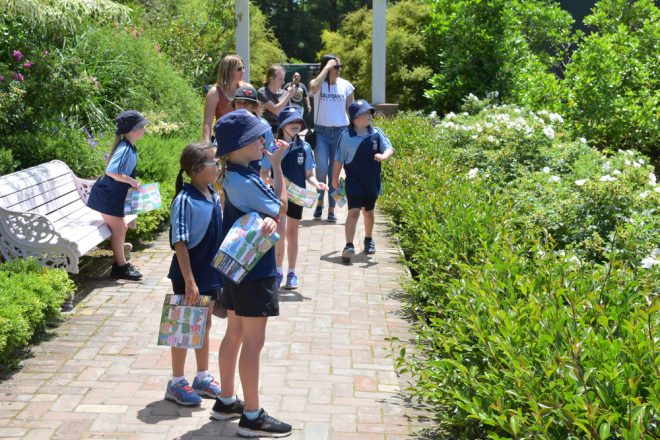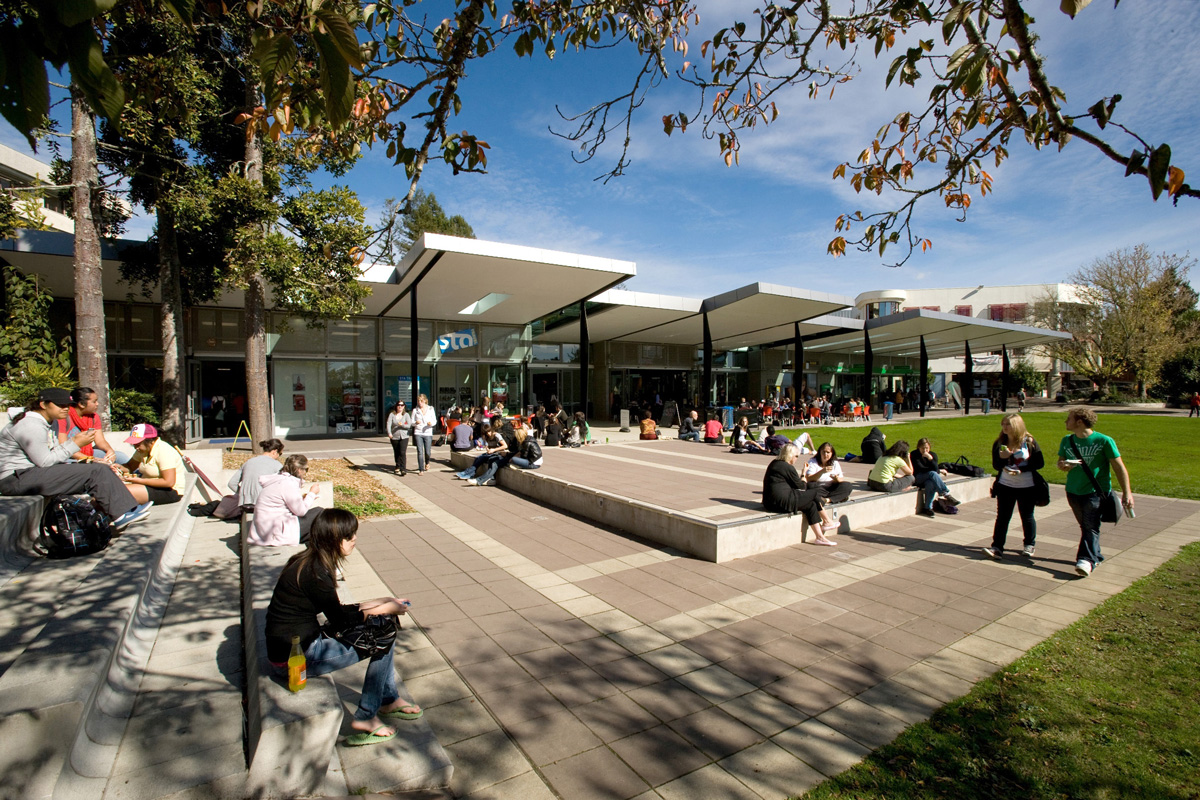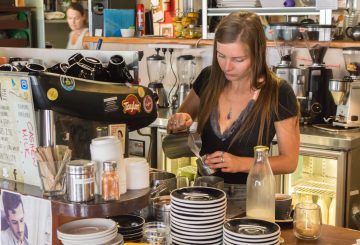新闻稿:教育新西兰
新西兰高中生与来自世界各地的学生一起发展全球能力技能,通过由教育新西兰 Manapou ki te 资助的新西兰全球能力证书(NZGCC),使他们能够跨越国界和跨文化学习和工作,并提高他们的就业前景。
新西兰的定性研究得出的结论是,雇用具有跨文化能力的员工的新西兰企业发现,这有助于提高工作场所的活力,这有助于促进创造力和创新以及其他好处。
很多雇主认为,跨文化能力是招聘员工时受欢迎的技能,所以 ENZ 为全国更多的高中生提供资金。
新西兰教育部首席执行官格兰特·麦克弗森说:“新西兰企业对团队内跨文化能力的好处的见解是我们采取这项举措来帮助提高文化能力的主要原因之一,为国际化能力提供了替代方案。边境关闭时学校交流经验。”
这项工作支持 2018-2030 年新西兰国际教育战略的第三个目标,即在新西兰境内培养全球公民,并旨在帮助学生和教师与全球同龄人一起发展跨文化技能。
ENZ 和梅西大学于 2020 年 7 月首次与美国现场服务(AFS)合作,启动了新西兰海湾合作委员会计划的试点项目。该虚拟计划提供动画视频、测验、作业和每周实时促进对话会议,供本地和离岸学习者实时在线交谈。
继试点成功后,ENZ 今天宣布进一步投资 38 万美元,用于补贴 321 名新西兰和 486 名国际学生的费用,用于培养文化自我意识、对其他文化的同情心、情绪复原力以及在多元文化环境中搭建桥梁的方法。
18 个在线模块涵盖定型观念、同情心、处理冲突和复原力等主题,将提供给来自印度、中国、日本、越南、泰国、大韩民国、印度尼西亚、巴西、墨西哥、哥伦比亚、秘鲁和智利的国际学习者。
从 NZGCC 计划中受益的最新学生是旺格努伊女子学院、Cullinane College、旺格努伊高中和阿瓦塔普大学的学生。从今天开始,23 名旺格努伊和玛纳瓦图学生将与东京教育委员会合作,与日本东京的 20 名高中生参加虚拟学习交流。
旺格努伊女子学院校长沙龙·斯泰尔表示,新课程将帮助学生建立对全球文化的理解 —— 关键的 “软” 技能,这也将为他们在高中毕业后进入劳动力队伍做好准备。
“我们课程的一个重要组成部分是培养强大的沟通技巧,并为学生在工作场所取得成功做好准备。NZGCC 计划将通过教导我们的学生尽管语言和文化差异如何彼此建立有意义的关系,为我们的课程增添另一个层面,” 斯蒂尔说。
“这使我们的学生能够与日本的同龄人联系,更多地了解他们的文化,而无需在国际旅行仍然有限时上飞机。”
除了中学生之外,新西兰海洋合作委员会方案还将支持太平洋联盟国家土著社区的教师以及在印度尼西亚、越南和大韩民国接受英语和教师培训的人。
新西兰的大约 100 名十分之一至五所学校的学生将获得新西兰海湾合作委员会奖学金,以参加与亚洲同龄人的虚拟交流。
ENZ 首席执行官格兰特·麦克弗森表示,该计划的扩张是以适合全球互联世界的新虚拟形式实现教育多元化的关键组成部分。
“我们很高兴能够继续支持 NZGCC 计划,该计划将新西兰和国际学习者聚集在一个虚拟环境中,以获得在全球生活、工作和学习所需的技能。
“除了帮助培养明天的全球公民之外,该计划还展示了国际教育的互惠益处,使我们的 rangatahi 有机会与来自世界各地的高中生一起学习,并给他们的离岸同伴一个机会与 ‘新西兰和我们的’ 学习 ‘独特的思维方式。”
有关 NZGCC 的更多信息可以在这里找到:https://www.globalup.com/





























































